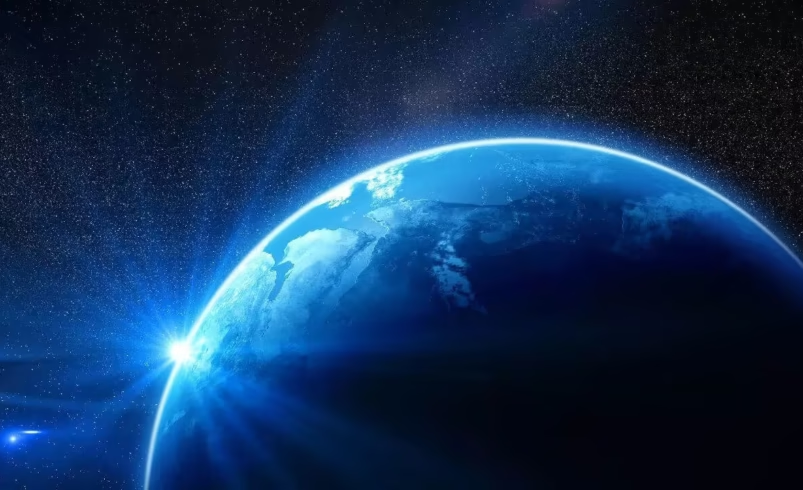Astronomers Uncover ‘Second Earth’ Near Red Dwarf Star
- July 7, 2025
- 0

In a remarkable scientific breakthrough, astronomers have discovered an exoplanet named TOI-1846 b, which is being hailed as a ‘second Earth’ due to its intriguing characteristics. Located approximately 154 light-years from our solar system, this super-Earth is nearly twice the size of our planet and orbits a red dwarf star. The discovery of TOI-1846 b has generated significant interest within the scientific community, primarily because of its potential water-rich composition, which could provide crucial insights into the formation and evolution of rocky planets.
Despite its promising features, TOI-1846 b is not considered habitable due to its high surface temperatures. The proximity of the planet to its host star results in extreme heat conditions that would likely prevent the existence of life as we know it. However, the study of such exoplanets remains invaluable for understanding planetary systems beyond our own. The characteristics of TOI-1846 b offer a unique opportunity to study the atmospheric and geological processes that occur on planets outside our solar system.
The discovery was made using advanced astronomical techniques that allow scientists to detect and analyze distant celestial bodies. By studying the light emitted from the red dwarf star and how it interacts with TOI-1846 b, researchers can infer details about the planet’s composition and atmosphere. This method has proven effective in identifying exoplanets that might otherwise remain hidden from view.
The implications of this discovery extend beyond mere academic interest. Understanding planets like TOI-1846 b can help scientists refine models of planetary formation and evolution, potentially leading to new insights into how Earth-like planets develop. As technology advances, further exploration of such exoplanets may one day reveal more about the potential for life elsewhere in the universe.